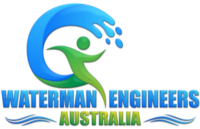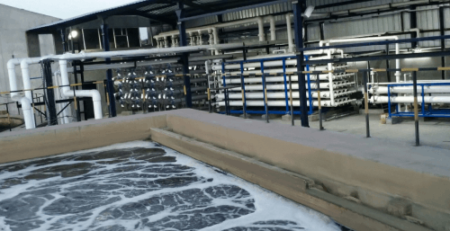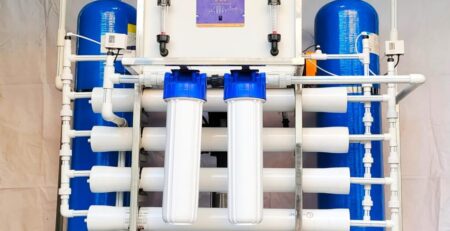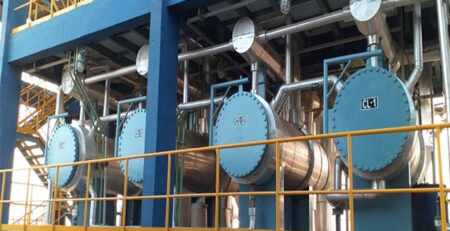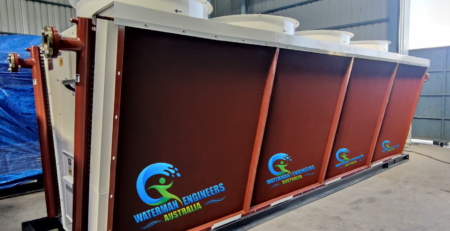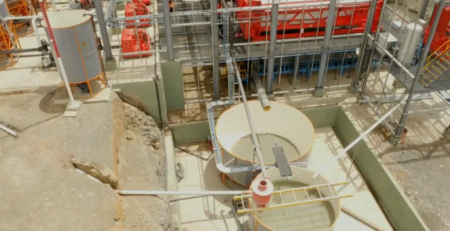Efficient Water Detection and Management in Oil & Gas Exploration Using IoT and Artificial Intelligence
Efficient Water Detection and Management in Oil & Gas Exploration Using IoT and Artificial Intelligence
🌍 1. Background: Water in Crude Oil & Gas Exploration
Water is naturally present in almost every hydrocarbon reservoir. Managing it effectively is critical to maintain production efficiency, reduce operational cost, and avoid environmental and equipment damage.
Types of Water in Exploration:
- Formation Water (Connate Water): Naturally occurring brine in the reservoir rock.
- Produced Water: Water extracted along with oil and gas.
- Injection Water: Used for enhanced oil recovery (EOR), e.g., water flooding.
Condensation Water: From gas wells under certain pressure/temperature conditions.
🧱 2. Challenges in Water Management
| Challenge | Impact |
| Water Breakthrough | Sudden increase in water production reduces oil/gas output. |
| Emulsions | Water-oil emulsions complicate separation and increase chemical needs. |
| Corrosion | Water accelerates internal corrosion, especially when combined with H₂S/CO₂. |
| Scaling and Fouling | Dissolved minerals precipitate and clog equipment. |
| Environmental Regulations | Produced water must be treated before discharge or reinjection. |
🌐 3. How IoT Enables Water Detection and Real-Time Monitoring
IoT devices are deployed across the exploration and production chain to continuously detect, quantify, and track water content.
📡 3.1. Smart Sensors and Monitoring Points
| Sensor Type | Function |
| Water Cut Meters | Inline measurement of water fraction in produced fluids. |
| Multiphase Flow Meters | Measure oil, water, and gas flow simultaneously. |
| Dielectric Sensors | Detect water content in emulsions and heavy crude. |
| Salinity & Conductivity Sensors | Identify formation water breakthrough. |
| Corrosion/Scaling Sensors | Indirectly signal water presence and its aggressiveness. |
| Downhole Sensors (Fiber Optic, Wireless) | Monitor temperature, pressure, and water influx in real time. |
🔗 3.2. IoT Connectivity
- Uses LoRaWAN, NB-IoT, 4G/5G, or satellite for real-time data transmission.
- Edge devices aggregate and preprocess data before sending to the cloud or SCADA/DCS.
- Integrated with alarms, mobile alerts, and dashboards.
🧠 4. How AI Optimizes Water Management
AI uses real-time IoT data, historical patterns, and simulations to intelligently detect, predict, and control water production and handling.
🧩 4.1. Predictive Water Breakthrough Detection
AI models analyze:
- Bottom-hole pressure
- Flow rate
- Water cut
- Salinity trends
- Well trajectory
To predict water breakthrough before it happens, enabling preemptive action such as:
- Choke adjustments
- Water shutoff techniques
- Downhole plug activation
🧪 4.2. Real-Time Emulsion Characterization
AI models analyze inline sensor data to:
- Detect and classify emulsion types (O/W or W/O)
- Optimize demulsifier dosage and separation temperatures
- Reduce chemical use and separation time
⚙️ 4.3. Produced Water Treatment Optimization
AI systems optimize:
- Separator operation (residence time, temperature, pressure)
- Chemical injection (scale inhibitors, anti-foams, demulsifiers)
- Pump speeds and valve positions
🔄 4.4. Closed-Loop Control Systems
- Feedback loops using AI adjust valves, chokes, chemical dosing, and flow routing
- Optimize reinjection strategies or switching between storage and disposal.
🧼 4.5. Water Disposal and Reuse Planning
AI assists in:
- Forecasting water production volumes over time.
- Selecting between reinjection, disposal wells, or reuse (e.g., for fracking).
- Ensuring compliance with environmental and regulatory guidelines.
🧰 5. Architecture Overview
mermaid
CopyEdit

🏭 6. Real-World Applications
| Field | IoT/AI Application |
| Unmanned Onshore Wells | Downhole sensors and AI predict water influx, trigger shutoff or alert. |
| Offshore Platforms | Multiphase flow meters with AI optimize separation and reduce over-dosing. |
| Shale Gas Plays | AI helps manage large volumes of produced water from horizontal fracking. |
| Heavy Oil Fields | Emulsion management via AI-enhanced chemical and heat controls. |
✅ 7. Benefits of IoT and AI in Water Management
| Benefit | Description |
| 🧠 Predictive Intelligence | Detect water risks early and take preemptive actions. |
| 📉 Reduced Downtime | Avoid equipment failure from corrosion, scaling, and emulsions. |
| 💰 Cost Optimization | Save on chemicals, labor, and water handling costs. |
| 🌍 Environmental Compliance | Treat and dispose of water within legal standards. |
| 🤖 Autonomous Operations | Enable unmanned wells to self-monitor and control water issues. |
| 📈 Improved Recovery | Optimize waterflood or EOR strategies using AI insights. |
🔮 8. Future Innovations
- Digital Twins: Virtual replicas of wells to simulate water behavior over time.
- Edge AI: Low-latency AI on field devices for remote and offline operations.
- Blockchain + AI: Immutable records of produced water volumes, treatment, and disposal for regulatory auditing.
- AI Co-Pilots for Water Engineers: Recommend best separation, treatment, and chemical strategies in real-time.
🏁 Conclusion
Water detection and control is a mission-critical function in crude oil and gas exploration. IoT and AI technologies transform this task from a manual, reactive one to an automated, intelligent, and predictive operation.
